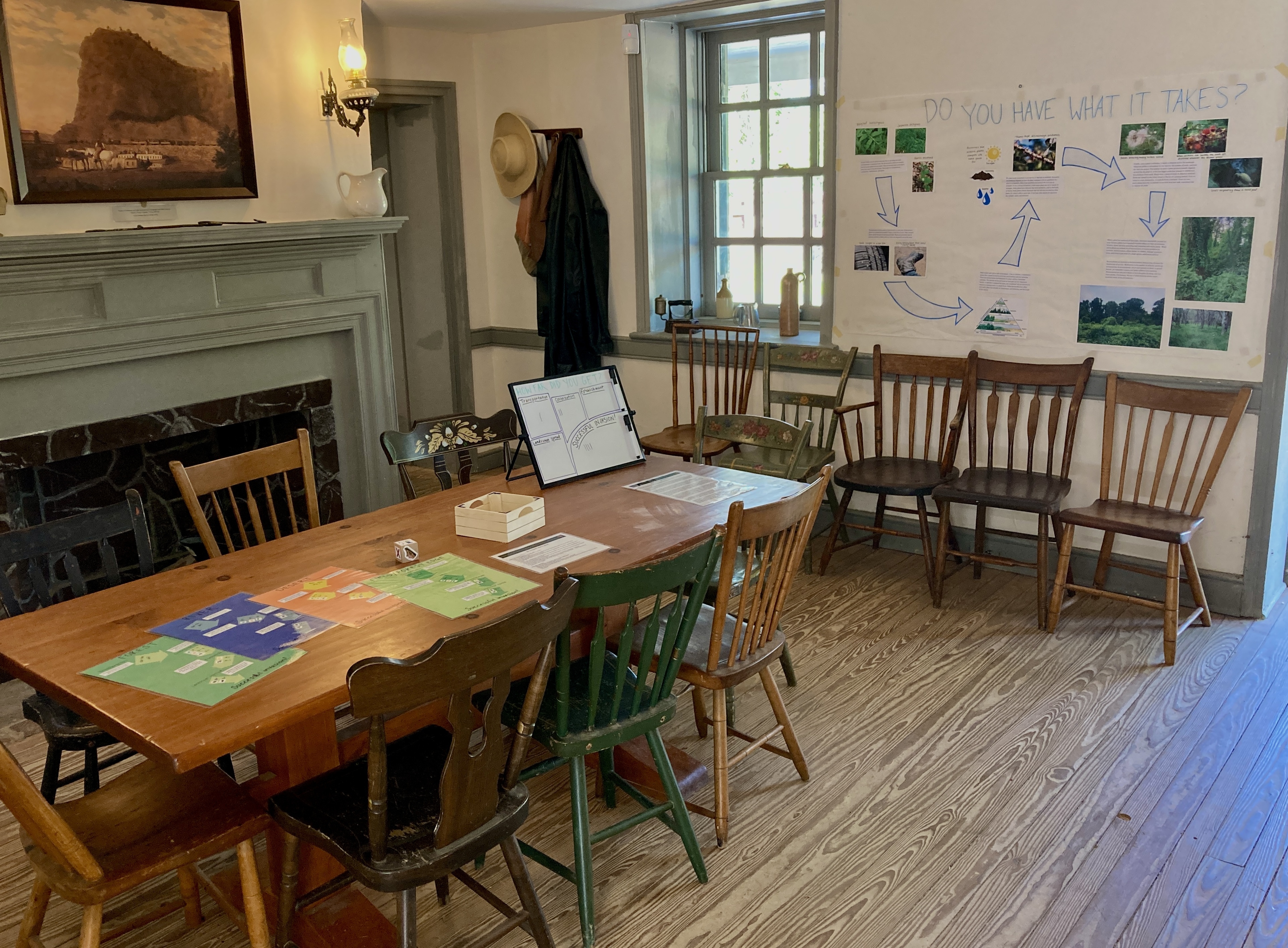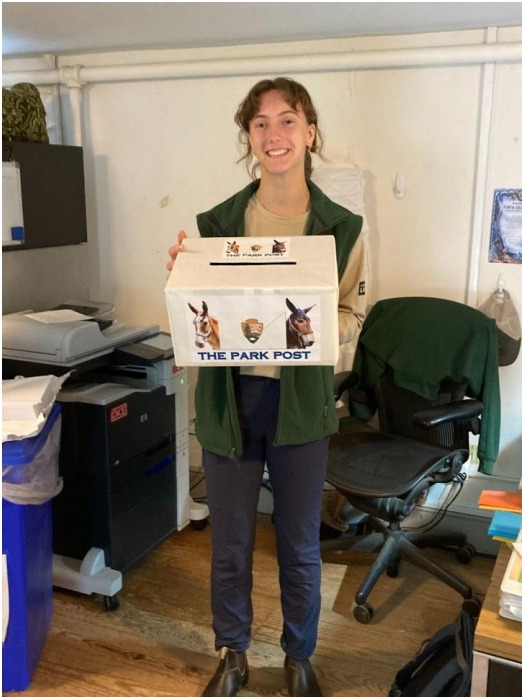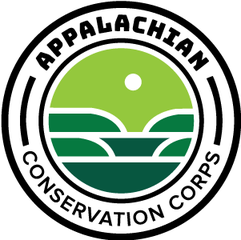From Park Interpretation to Fire Management, ACC IP Fires Up for Career in Conservation
Individual PlacementsBy Laura Boaggio
June 7th, 2024 | Potomac, MD — The Chesapeake and Ohio Canal National Historical Park is filled with a diverse landscape, stretching 184.5 miles along the banks of the Potomac River from Washington, D.C., to Cumberland in Western Maryland. It’s home to over 1,500 different species of plants, including state and nationally rare species.
For the last year, an ACC Individual Placement with a passion for ecology has been sharing the park’s rich history to visitors – and discovering a conservation passion of her own.
ACC alumni Julia Wine recently finished an Interpretation Individual Placement with C&O Canal at its Great Falls location in Potomac, MD. For the past year, she helped manage park visitors and delivered educational programs about the ecology and history of the Canal to visitors passing through the D.C. area.
While Julia has been interested in ecology since grade school, she discovered the world of fire management after taking a fire ecology course at William & Mary in undergrad. During her internship at C&O Canal, Julia pursued the interest further, using her professional development funds for training in Wilderness First Aid and starting courses for her Firefighter Type 2 certification.
In the fall, Julia will pursue an M.S. in Sustainable Forest Management at Oregon State University, where she will research fuel load and wildfire risks.
Her internship with ACC and C&O Canal provided professional development opportunities to pursue her interest areas and strengthen her independence as a professional, Julia said. It also gave her an inside look at how the park service operates.

ACC Member Julia Wine.
In her role as an Interpretation IP, Julia served as the face of Great Falls Park. She greeted visitors, oriented them to the park’s trails and amenities, and developed educational programs for the public.
With a background in biology, Julia focused most of her programming on local flora and fauna. While researching her topics, she gained a deeper understanding of the park’s rich ecosystem and even shadowed the park’s Natural Resource Department to observe several rare and endangered plants at the Canal.
“It’s such a rare environment and I don't think people realize that," Julia said. "The island you cross over to get to the Falls is a very sensitive environment."
That's why educating park visitors on the importance of Leave No Trace is so vital, she added.
Since Great Falls Park is located right outside D.C., visitors come from all over the country, as well as locals that regularly hike and bike the Canal.
“We get a lot of children and families, and so I think having programs about conservation is important to teach children that they need to care about the environment and take care of it and that their actions have an impact,” Julia said.
Running interpretive programs changes based on the audience, and when teaching children, Julia had to get creative.
One topic she focused on over the winter was how flora and fauna adapt and survive in cold weather. During an interactive program, visitors reached into a covered box full of local plants and described what they felt inside. Hiding in the box were pinecones, pine needles, bark and magnolia leaves - all of which have properties to protect itself from cold weather.
Visitors would describe what they felt, and Julia explained why that was. Pine needles are thin to decrease surface area and reduce water evaporation, oak bark is thick and rough to protect trees from harsh weather, pinecones close up their stiff scales to protect their seeds, and magnolia leaves have a smooth and waxy covering to decrease water evaporation.
In another board game activity called, “Do You Have What It Takes?” visitors played as an invasive plant to see if they could survive invading the area. Julia said visitors enjoyed that game in particular.

“Do You Have What It Takes?” program setup.
While much of her internship focused on natural resources, Julia also educated visitors on the park's social history, with pop-up programs about African American communities along the Canal, how clothing changed during the time the Canal was operating, and lock demos to show how boats moved up and down the Canal.
“It’s cool when I tell people about the history of the Canal and they get really excited,” Julia said.
Julia created most of her programs during the park’s off-season and put them to use as the weather warmed up and park visitation increased. She also helped run the Meet the Mules Program, which introduces visitors to the park's four mules – Dolly, Eva, Jen and Julie.

Campaign buttons Wine created for the park’s Mule of the Month voting program.
While she finished up service at the end of May, her projects will continue to live on at the park.
Julia spearheaded a guided nature walk along a park trail, which connected visitors with local trees, wildflowers and animals and introduced them to ecological concepts like floodplain habitats, decomposition, invasive plants and seed dispersals. Right now, the guide lives in a binder that visitors can take with them on the hike, but C&O rangers will continue Julia’s project and eventually make the guide available on the park’s website and the NPS app.
“I would tell someone who is interested in my position that it is hard and sometimes very challenging, but they will learn a lot and be able to turn the internship into an opportunity to research whatever they are interested in,” Julia said.

Julia holding a park “mailbox,” where visitors can leave letters to the rangers.





